
Channel Islands: Photos of North America's Galapagos
The North American Galapagos
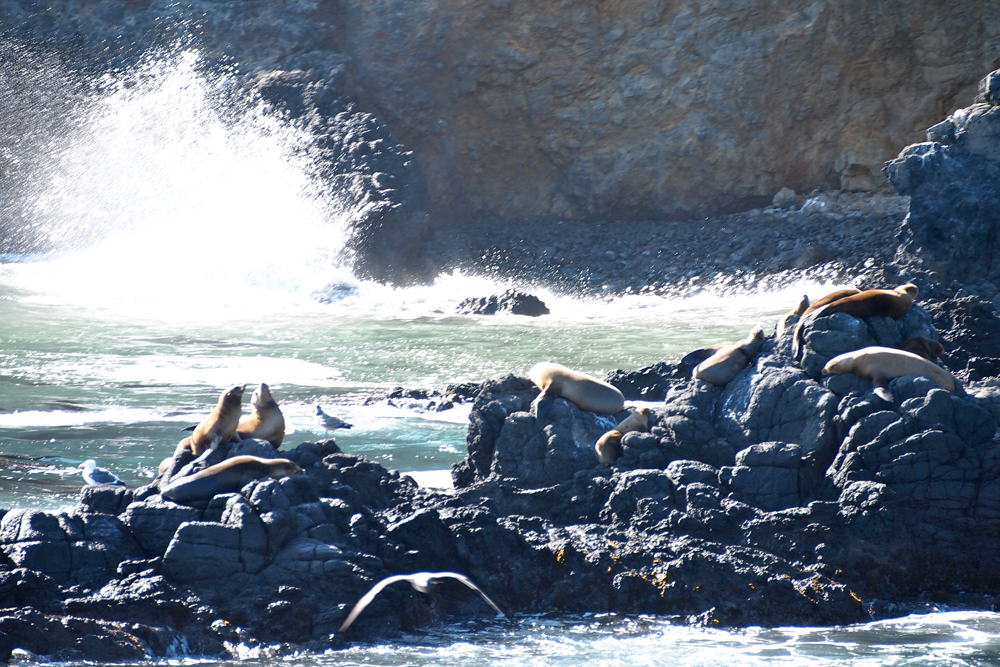
The raucous cries of thousands of western gulls collide with booming surf and barking sea lions that echo from the rocks below. Edging a glimpse over the island rim, I watch their silky bodies roll belly up in the swells. The water is a thousand shades of turquoise dimpled by the sun and caressed by the wind.
This scene is not an exotic mirage but a well-kept secret right off the Southern California coast. Just 60 miles (97 kilometers) away from over 18 million people who call the greater Los Angeles metropolitan area home lies a wild archipelago of islands.
Collectively taking up 221,331 acres (89,569 hectares) and spanning 160 miles (258 km), California's eight Channel Islands are one of our planet's richest marine biosphere reserves. Sometimes known as the "Galapagos of North America," the Channel Islands offer refuge to a menagerie of rare and unusual species found nowhere else.
Ancient forces
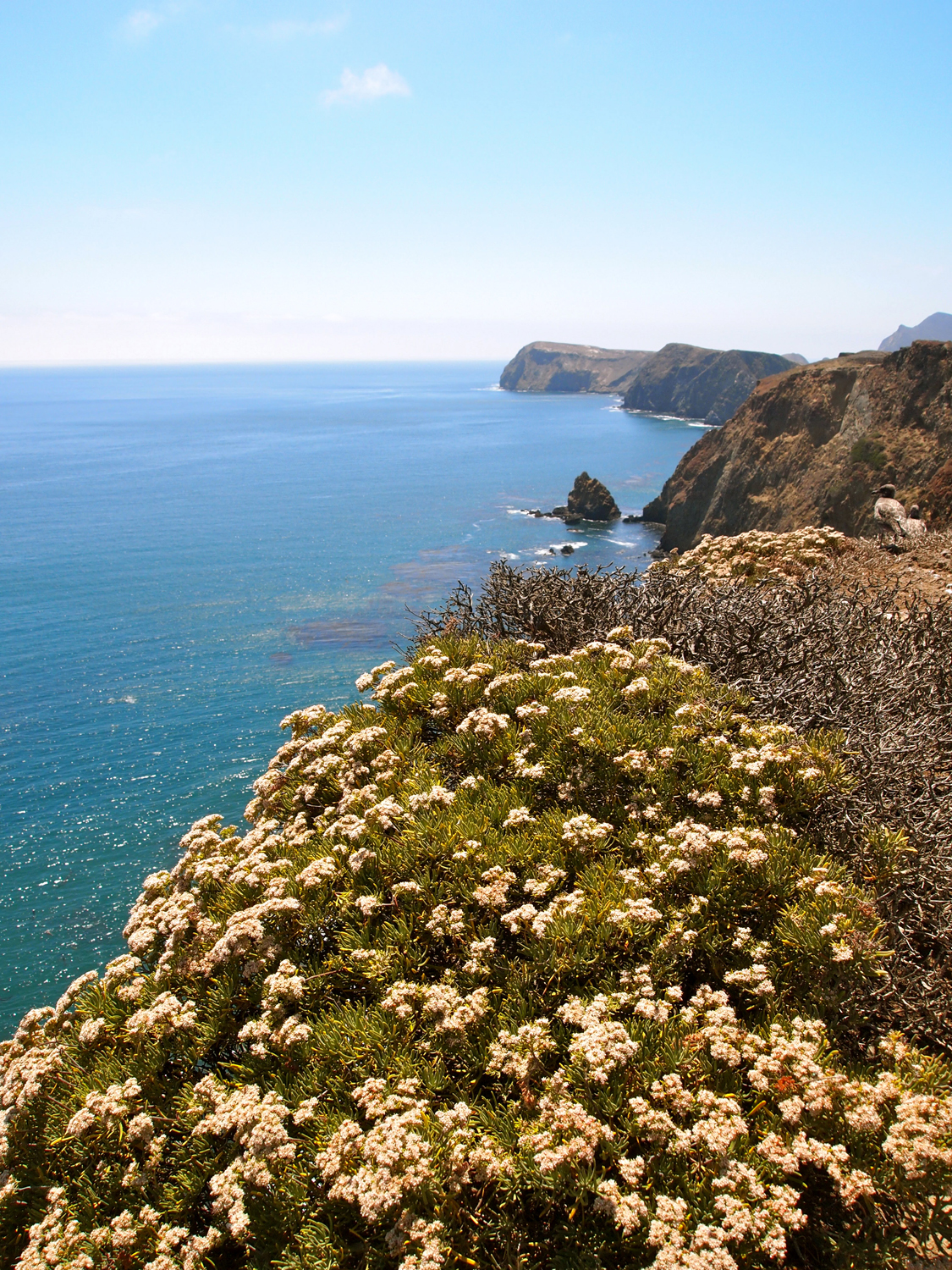
From a distance, Anacapa Island glows yellow in the foggy morning air. On closer inspection Giant Coreopsis (Coreopsis gigantea) blankets the land. These rare giant sunflowers look like something right out of a Dr. Seuss book. They bloom briefly on the islands every spring with a variety of other unusual plants found only here and a few other places along the California and Baja coast.
Straddling a subduction zone where the oceanic Farallon plate slides under the continental North American plate, the Channel Islands were formed from complex tectonic forces that continue to shape not only the landscape, but the more than 150 endemic or unique species found here.
Isolated for thousands of years, the five islands that make up the Channel Islands archipelago are today like a mini Galapagos for observing evolution's laboratory. Cut off from the mainland, they also offer a rare glimpse into coastal Southern California as it once was.
Nature's cabinet of curiosities
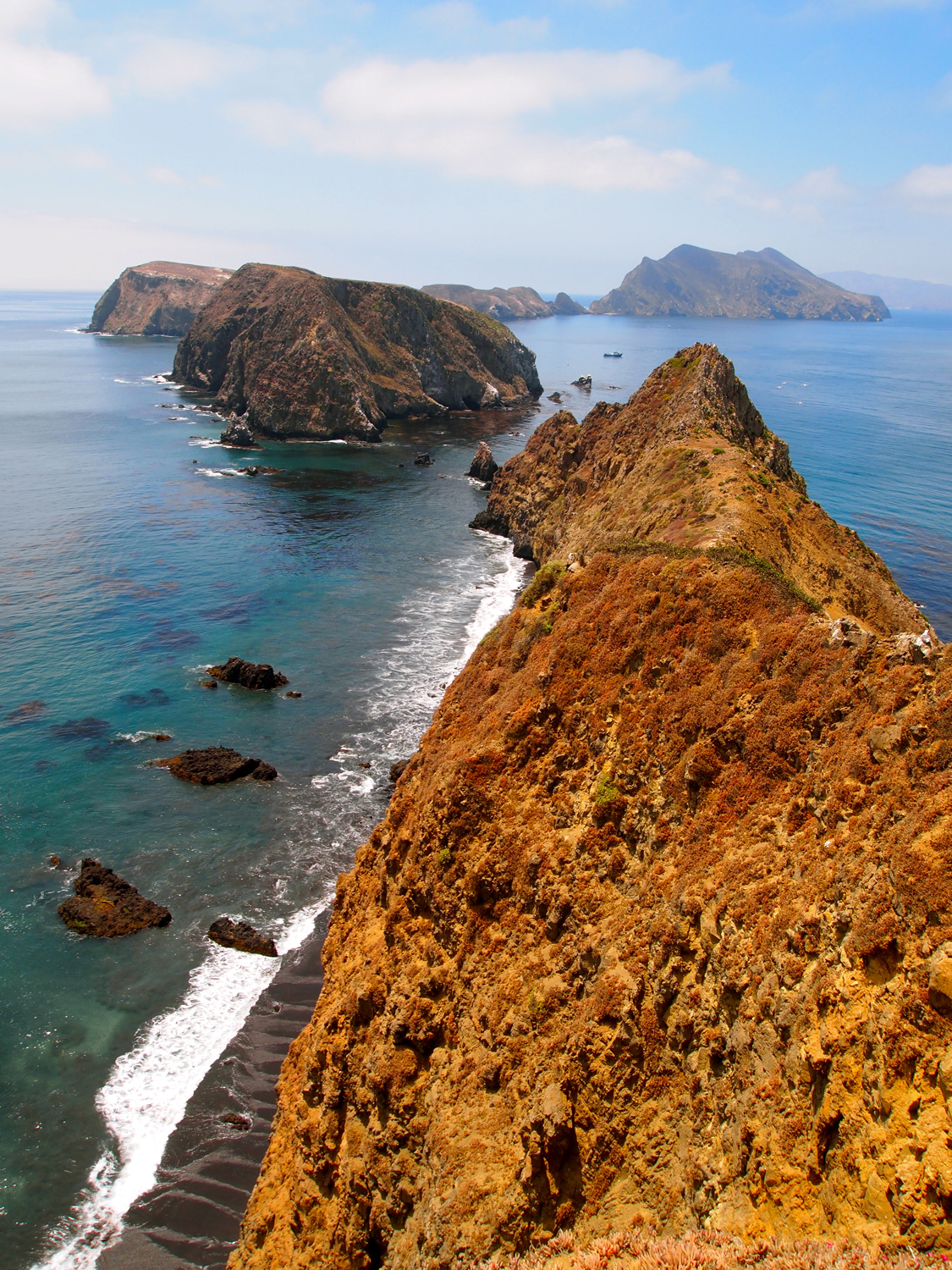
Where seals lounge today, strange ice-age beasts once roamed. During the last Ice Age, when the sea level was much lower, the northern Channel Islands were connected in one large island geologists call Santarosae. Separated from the mainland, Santarosae became a unique evolutionary laboratory. Archaeologists have discovered that wooly mammoths once thrived here. These were no normal mammoths though, but a race of dwarfs.
The remains of these now-extinct dwarf mammoths show that they were considerably smaller in weight than their mainland ancestor and on average stood only 5.6 feet (1.72 meters) tall at the shoulder. The reduced size of these mammoths is referred to as insular dwarfism and is common on islands where range and resources are limited, forcing small populations to shrink over many generations.
This strange, pony-sized race existed through the end of the last Ice Age when rising sea levels broke up Santarosae into multiple islands. It was also roughly around this time 11,000 years ago that the first humans arrived in the Channel Islands.
Human hunters
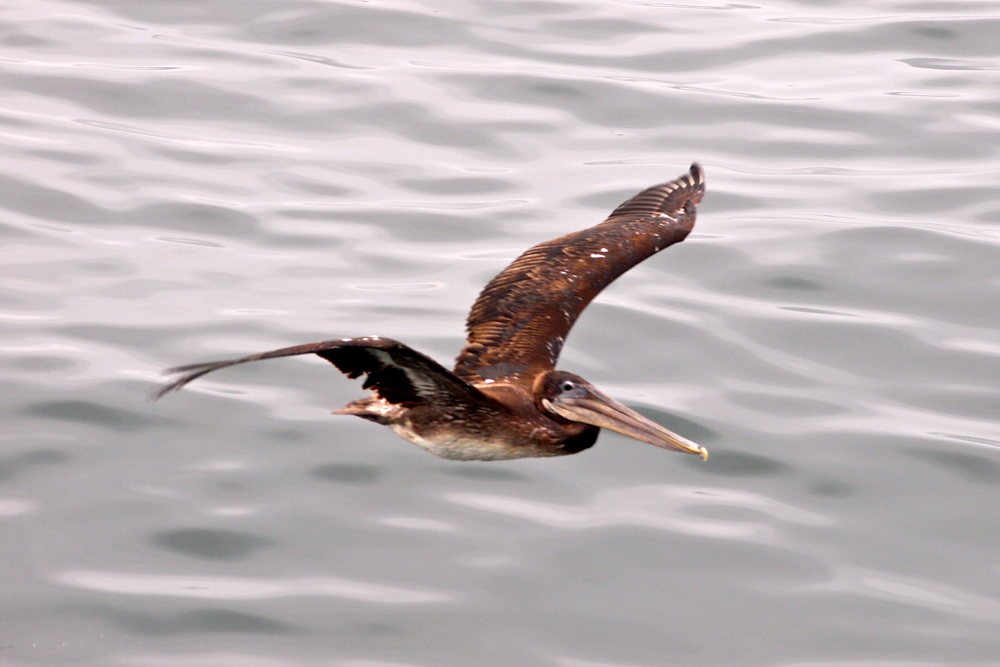
Imagine a pelican gliding effortlessly past as Chumash hunters row in strong, deep strokes across the fog-covered channel. Their canoe, called a tomol, is strong and buoyant, carved from the giant redwoods that populate these coasts. Seals moan and seabirds shriek as the hunters haul out onto the rocks and struggle up the steep trails of the island. Arriving at their camp, thousands of shells litter the ground.
These shell collections, called middens, are some of the most visible evidence we have today of the Chumash, the first peoples of the Channel Islands. For thousands of years the Chumash maintained hunting camps here to hunt, fish and most importantly to harvest olivella shells for beads.
Archaeologists have learned that these shell beads were some of the earliest forms of currency in indigenous North America and the Channel Island Chumash sat at the center of a complex regional trade. Today all that remain of the Chumash are mysterious mounds of shells dotting the islands, like so many question marks.
Age of Exploration
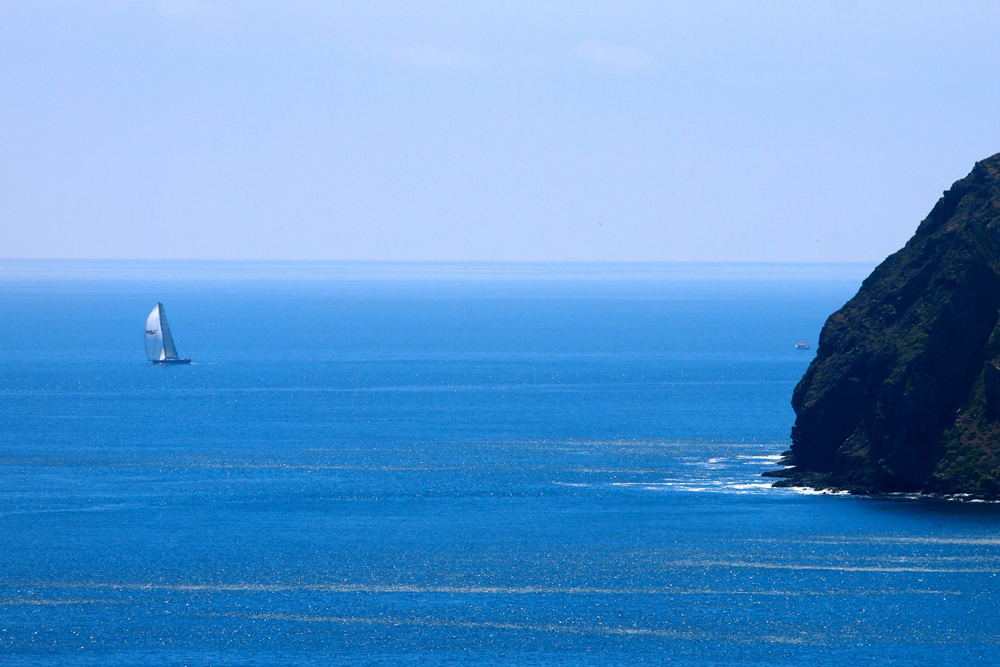
As we gaze from the heights on a blue-bird day, sailboats appear like distant specks on the mighty Pacific. Soon a whole flotilla materializes, rounding the cape and riding the westerlies. Transfixed, for a moment we are transported back in time hundreds of years ago to the Age of Exploration when European explorers first encountered these shorelines.
In 1542, the Spanish conquistador Juan Rodriguez Cabrillo became the first western person to explore the Channel Islands. Following Cabrillo's initial "discovery," a host of explorers, traders and sailors have plied these misty, fog-covered channels leaving many stories, and not a few shipwrecks.
The most famous shipwreck occurred in December 1853, when the SS Winfield Scott, a luxury passenger steamer during the California Gold Rush, hit a rock off Anacapa Island. Fortunately all 450 passengers survived, reportedly dining on champagne and caviar salvaged from the ship's well-stocked pantry before being rescued eight days later. The remains of the ship still lie off Anacapa Island today, the undersea dining hall of so many fishes.
The limits of nature
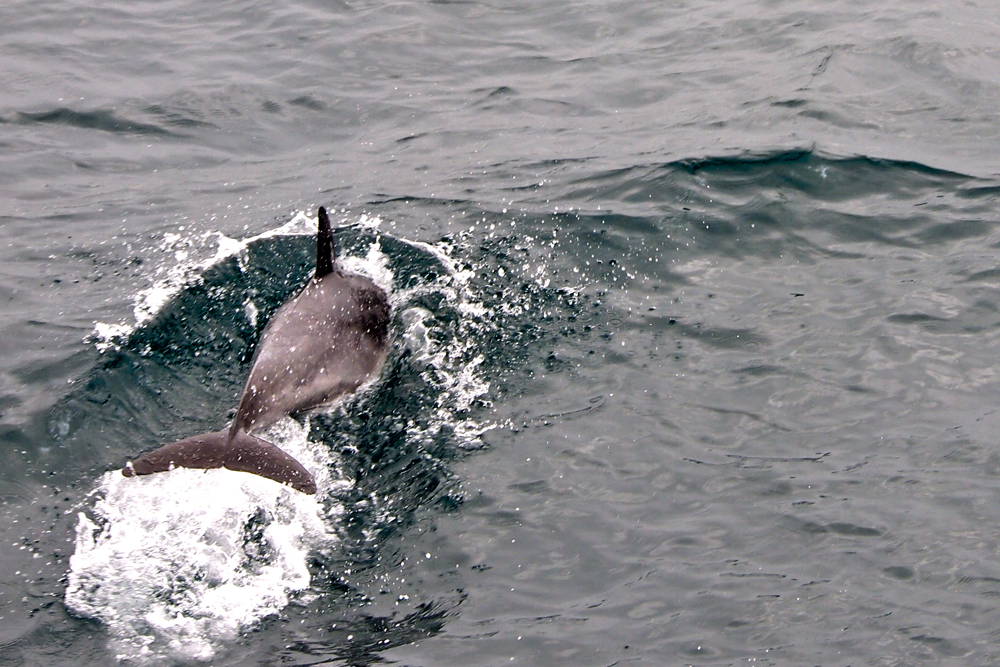
The boat lurches in the waves and our hands grip the railing tighter. Leaning over we search the gray waters expectantly. Then suddenly like ghosts they appear: dolphins! A pod of 10 rides the bow wave of our vessel. As we watch they seem to grin up at us, cavorting in and out of sight in a dance of silvery dorsal fins and diving tails.
The rich schools of fish that support these common dolphins (Delphinus delphis) give a hidden glimpse of the abundance of life found under the waves today. When European explorers like Cabrillo first arrived in the Channel Islands, this abundance must have seemed endless. Fish and shellfish were harvested en masse, while otters, seals and sea lions were hunted for the fur trade.
Throughout the 17th and 18th centuries, native marine mammal populations were devastated and fish populations declined on the islands. At the same time, people began converting the islands themselves into huge sheep and cattle ranches at the expense of sea birds and native plants. What once must have seemed limitless was finally showing its limits by the time the Channel Islands became a part of the United States with California statehood in 1850.
Underwater Amazon
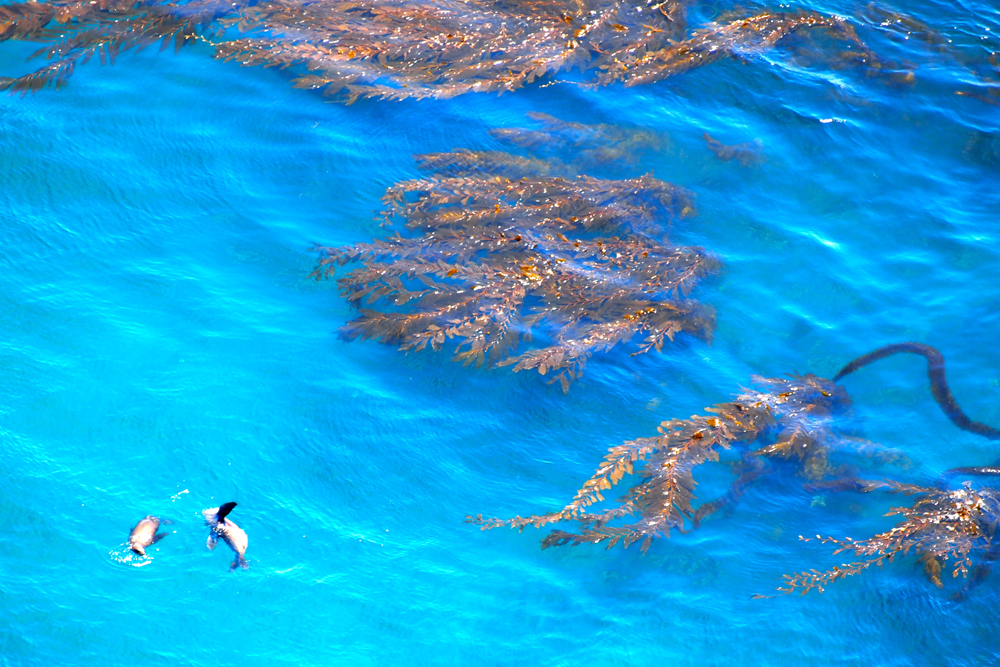
From the depths, bright orange garibaldi fish (Hypsypops rubicundus) hover in kelp forests streaked with sunbeams. California spiny lobsters (Panulirus interruptus) tiptoe over boulders festooned in colorful sunflower starfish (Pycnopodia helianthoides). Schools of small fish dart through the swaying kelp like so many sparkles of light, followed close by a hungry sea lion.
The waters off the Channel Islands are fed by the cold California Current moving south from British Columbia along the west coast of North America. Bisected by prevailing northeasterly winds, surface waters are driven offshore. The result is an upwelling of deep, nutrient-rich waters from the ocean depths.
Fed by these nutrient upwellings Giant Kelp (Macrocystis pyrifera) can grow up to 12 inches (30 centimeters) a day and huge clouds of phytoplankton bloom. Sustaining creatures as small as krill to as large as whales, this coastal upwelling is only one of five such phenomena globally making the waters around the Channel Islands teem with marine life like an underwater Amazon.
Sign up for the Live Science daily newsletter now
Get the world’s most fascinating discoveries delivered straight to your inbox.
Gone to the birds
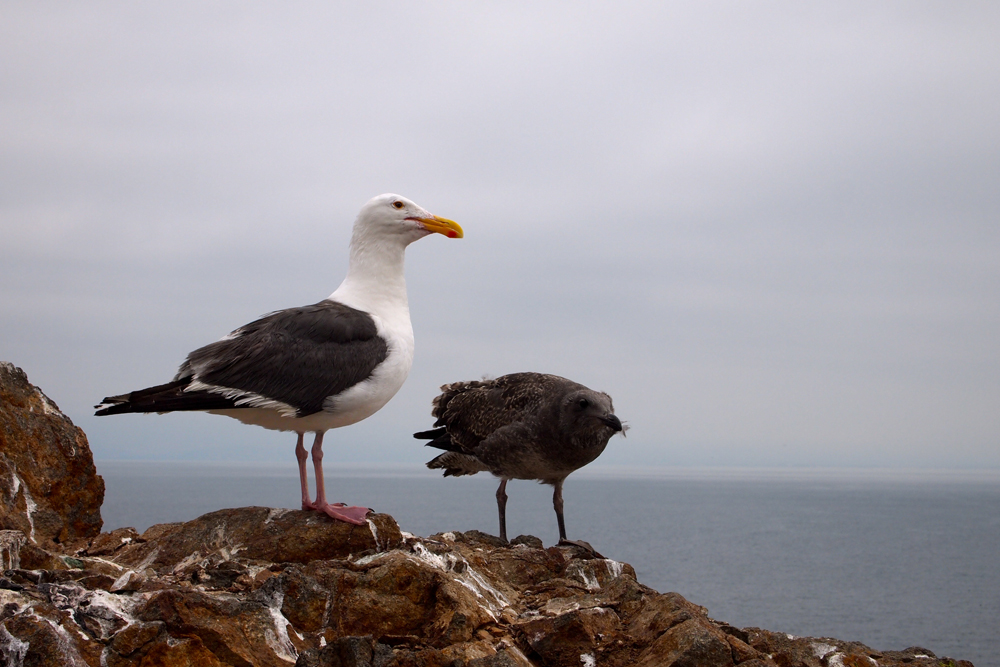
The cacophony is almost deafening as I meander over Anacapa Island's trails. Territorial western gulls (Larus occidentalis) regard me nervously as I daintily walk past their nests. I watch, curious, as the brown chicks peck at a small orange spot on the parent's lower beak. This literal "push-of-a-button" response causes the parents to disgorge fish and squid to the hungry chicks quickly growing into adults themselves.
The Channel Islands contain the largest breeding colony of western gulls in the world, estimated at over 15,000 individuals, and the only breeding colony of brown pelicans (Pelecanus occidentalis) in California. In addition, a staggering number of other interesting, and interestingly named, seabirds all call to port here.
Seabirds like auklets, puffins, murrelets, storm petrels, cormorants and guillemots come to breed and feed. Shorebirds like sanderlings, whimbrels, black turnstones and wandering tattlers touch down to refuel on their long and arduous migrations. Indeed, since the creation of the Channel Islands National Marine Park in 1980, the islands have literally gone to the birds!
Alien invaders
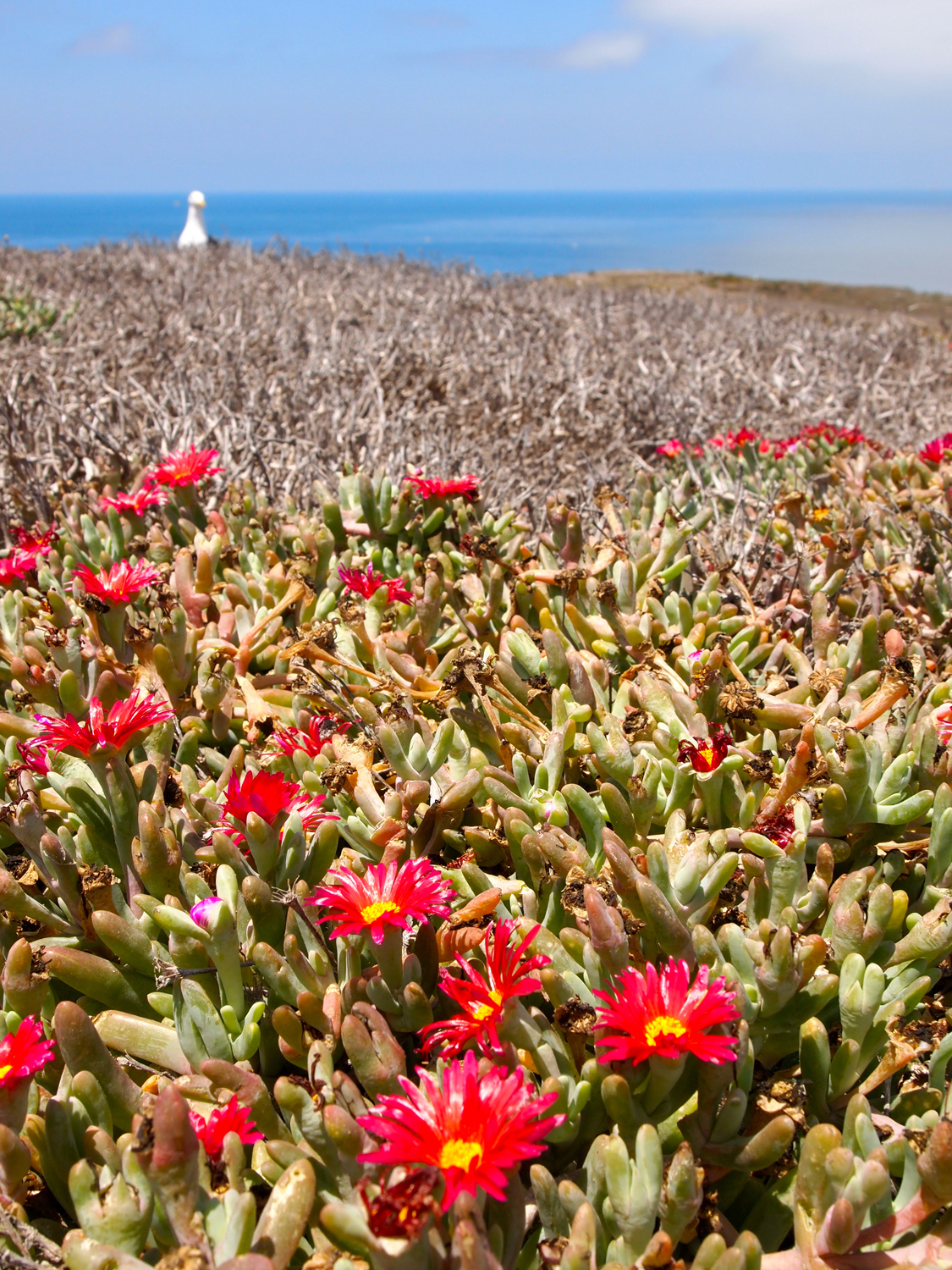
Beautiful red blooms reach up towards the sun in thick blankets of succulent vegetation. The beauty of these plants belies the deceptive truth that they do not belong here. Non-native plants like these ice plants (Carpobrotus edulis), a native of South Africa, pose one of the most serious threats to the Channel Islands' ecosystems.
The introduction of invasive species acts like evolution on warp speed, leaving natives struggling to keep up, especially on islands. In the Channel Islands, hunting feral cats and rooting pigs has driven native species like the Santa Barbara Island Song Sparrow and the Santa Cruz Island Monkey Flower to extinction.
Today, restoration efforts by the National Park Service and concerned conservationists are helping protect and restore the Channel Islands by removing invasive species and rehabilitating native habitats, one species at a time.
A well-kept secret
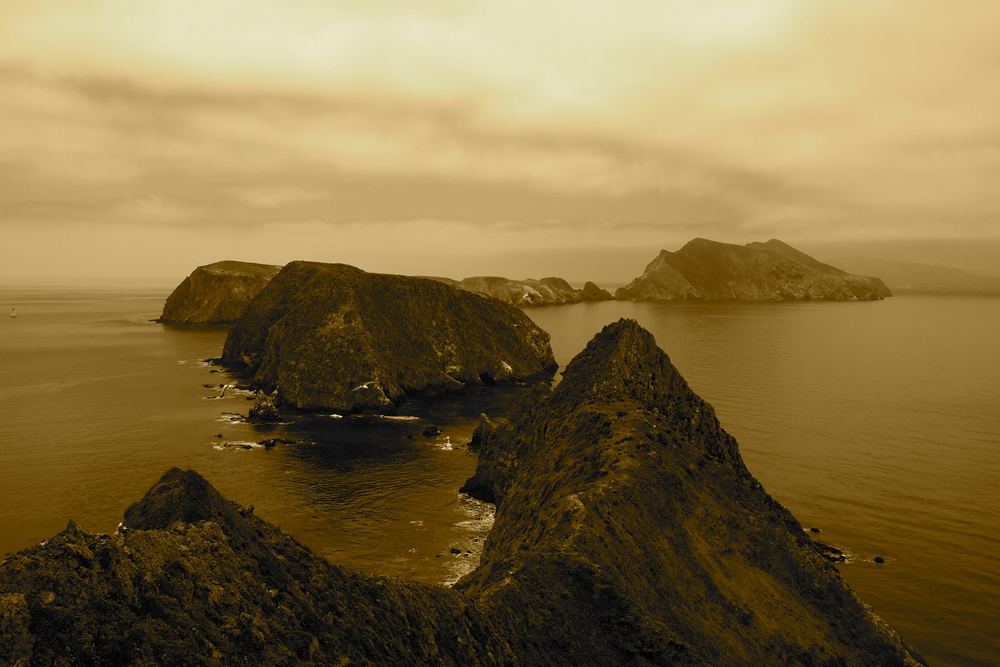
As the sun casts late afternoon shadows, we board the last boat home. Though we are just off the coast it feels like a world away from mainland California. This place feels like a lost world: a primordial world of shaggy kelp forests, lounging seals and wheeling seabirds launching out into the deep, blue enormity of the Pacific. Surprisingly, despite the islands' proximity to so many people, the Channel Islands Marine Park is one of the nation's least visited national parks.
As our boat heaves and rolls lazily through the waves, I already gaze back longingly to the islands. Hoping to glimpse a whale I scan the steely sea searching for their sign and am floored to be told by the skipper that I just missed a family of blue whales (Balaenoptera musculus) migrating up the channel this very afternoon!
The thrill of seeing a blue whale, the largest animal to have ever lived on planet Earth, gives me goose bumps. A pity I missed them and I feel the slightest twinge of disappointment, but just for a moment. After all, there is always next time and another reason to return. Chasing after my own proverbial Moby Dick, my white whale off the Channel Islands.









